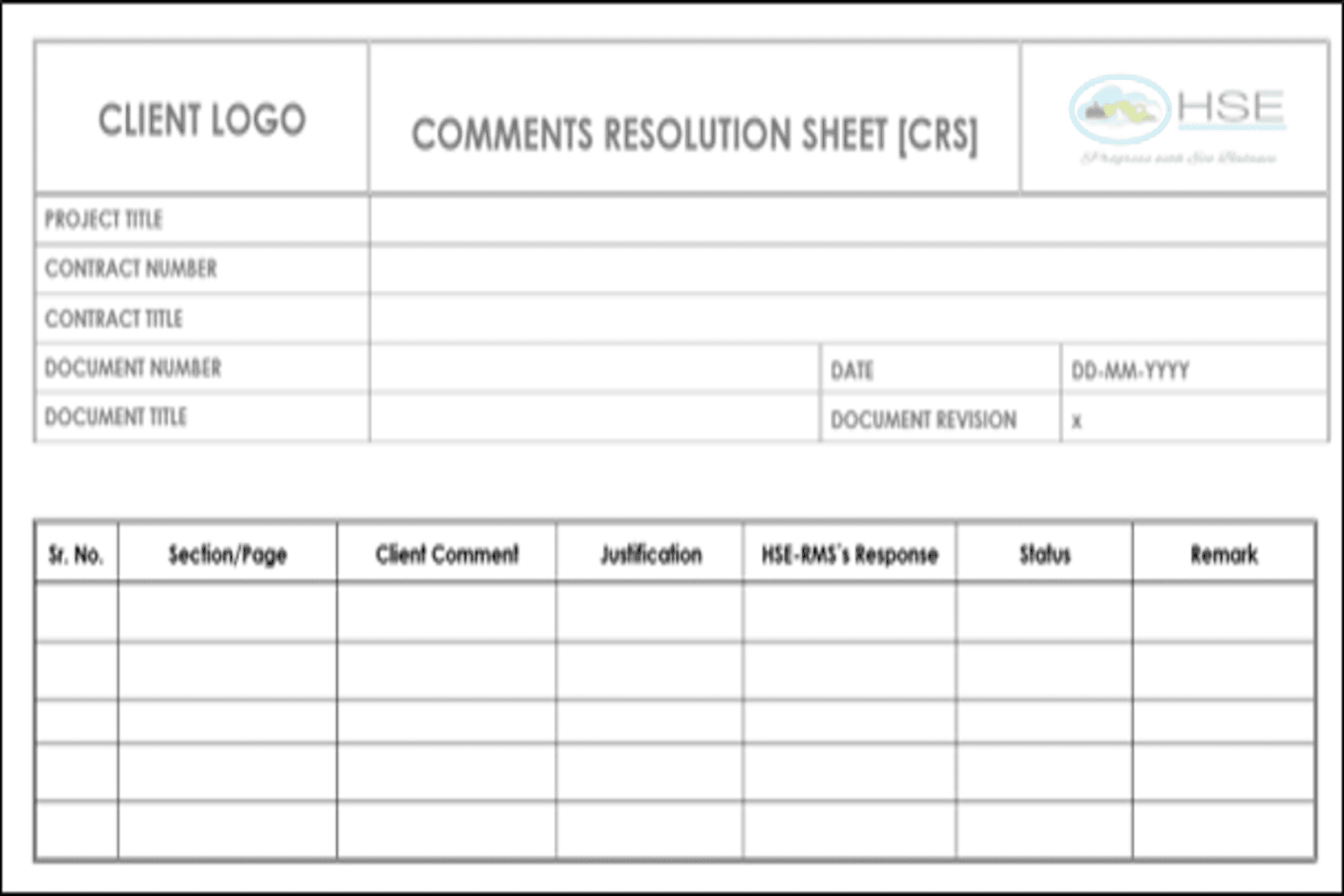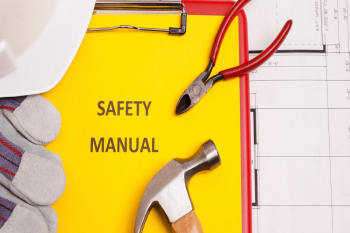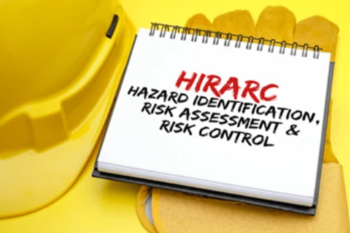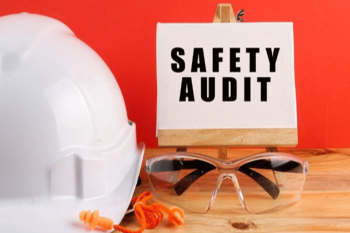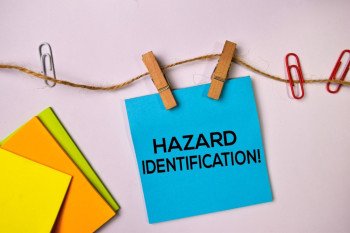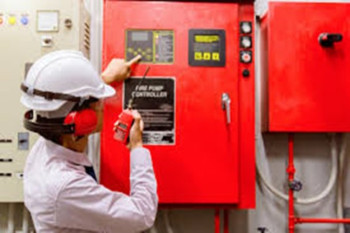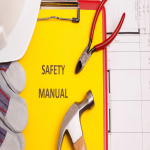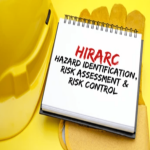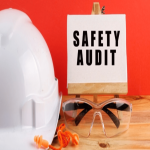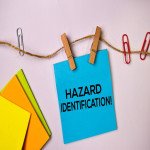DISCLAIMER
This Blog is provided solely for informational and educational purposes. It is advisable to verify all information presented and consult with appropriate experts or professionals before making any decisions or implementing any strategies based on the content of this blog. HSE Risk Management Services Pvt. Ltd. accept no liability for any actions taken or not taken based on the information provided herein.
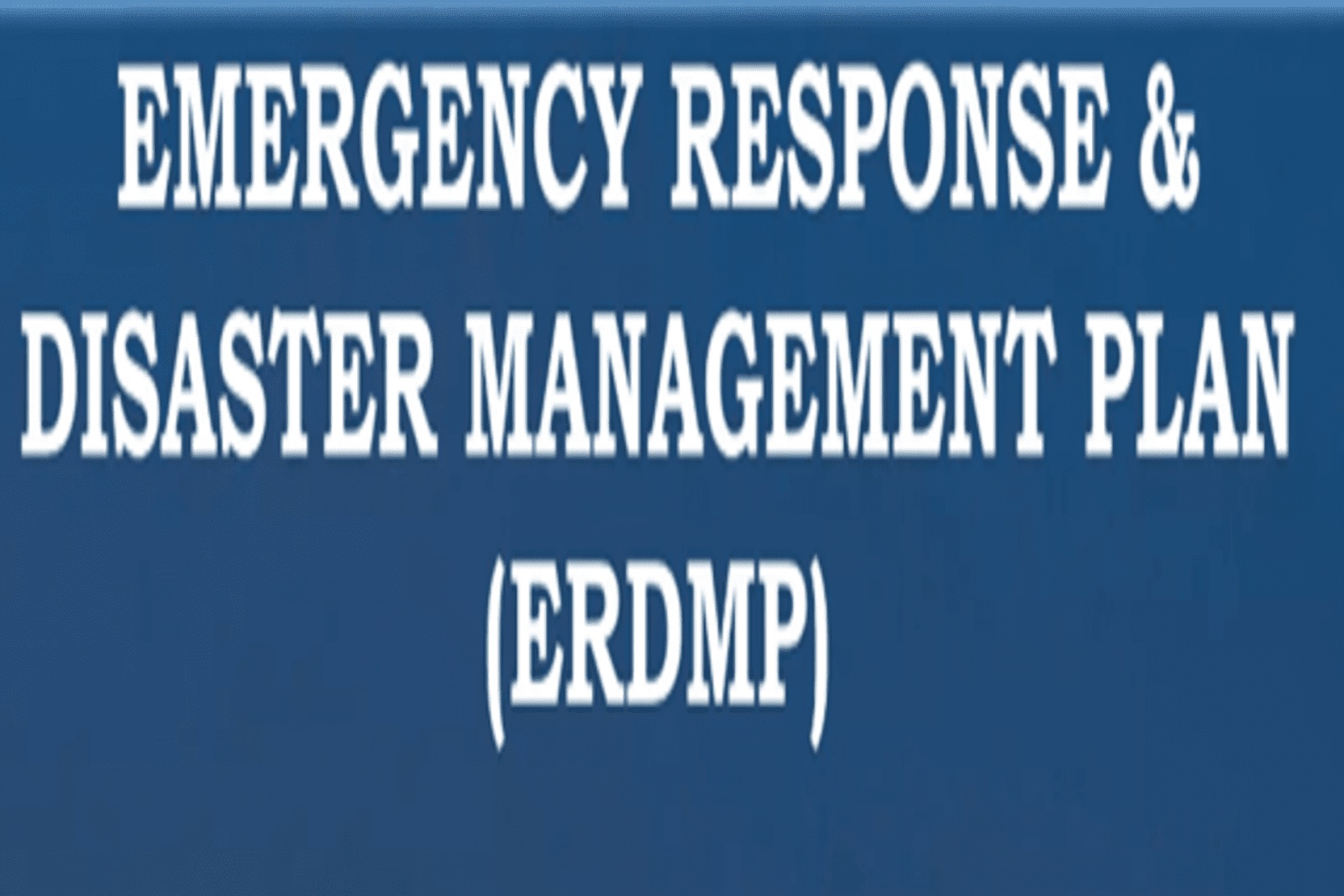
Q1. What is the Objective of ERDMP?
A1. The objective of ERDMP is as follows:
Safeguarding lives, environment and property at site and in its neighborhood;
Containing the incident and bring it under control and restore normalcy at the earliest;
Minimize damage to lives, property and environment;
Rescue and treat casualties on priority;
Assist district administration in evacuating people to safe areas;
Extend necessary welfare assistance to casualties.
Q2. What reference is commonly used for developing an Emergency Response and Disaster Management Plan (ERDMP)?
A2. The commonly used reference for ERDMP study is as follows
The ERDMP should necessarily comply with the provisions of various laws related to the management of hazardous substances, particularly those referenced in Schedule-II of Codes of Practice, as well as any relevant rules and regulations amended periodically.
Q3. What is the purpose of an ERDMP?
A3. The purpose of ERDMP is as follows:
The purpose of an ERDMP is to provide a structured framework for preparing for, responding to, and recovering from emergencies and disasters to minimize their impact on lives, property, and the environment.
Q4. What is the Scope of ERDMP?
A4. The scope of ERDMP is as follows:
The identification of probable emergency scenarios;
The mitigation measures that attempt to reduce and eliminate the impact on people, assets and environment by bringing it in ALARP level.
The preparedness of emergency plans for actions when disaster or emergencies occur;
The response that mobilize the necessary emergency services including responders like fire service, police service, medical service including ambulance, government as well as non- governmental agencies;
The post incident or accident or disaster recovery with aim to restore the affected area to its original conditions to the extent possible
Q5. Why is an ERDMP important?
A5. The importance of ERDMP is as follows:
An ERDMP is crucial for ensuring the safety and well-being of individuals, organizations, and communities during emergencies and disasters. It provides guidance for effective response and recovery efforts, reducing the potential for loss of life and property damage.
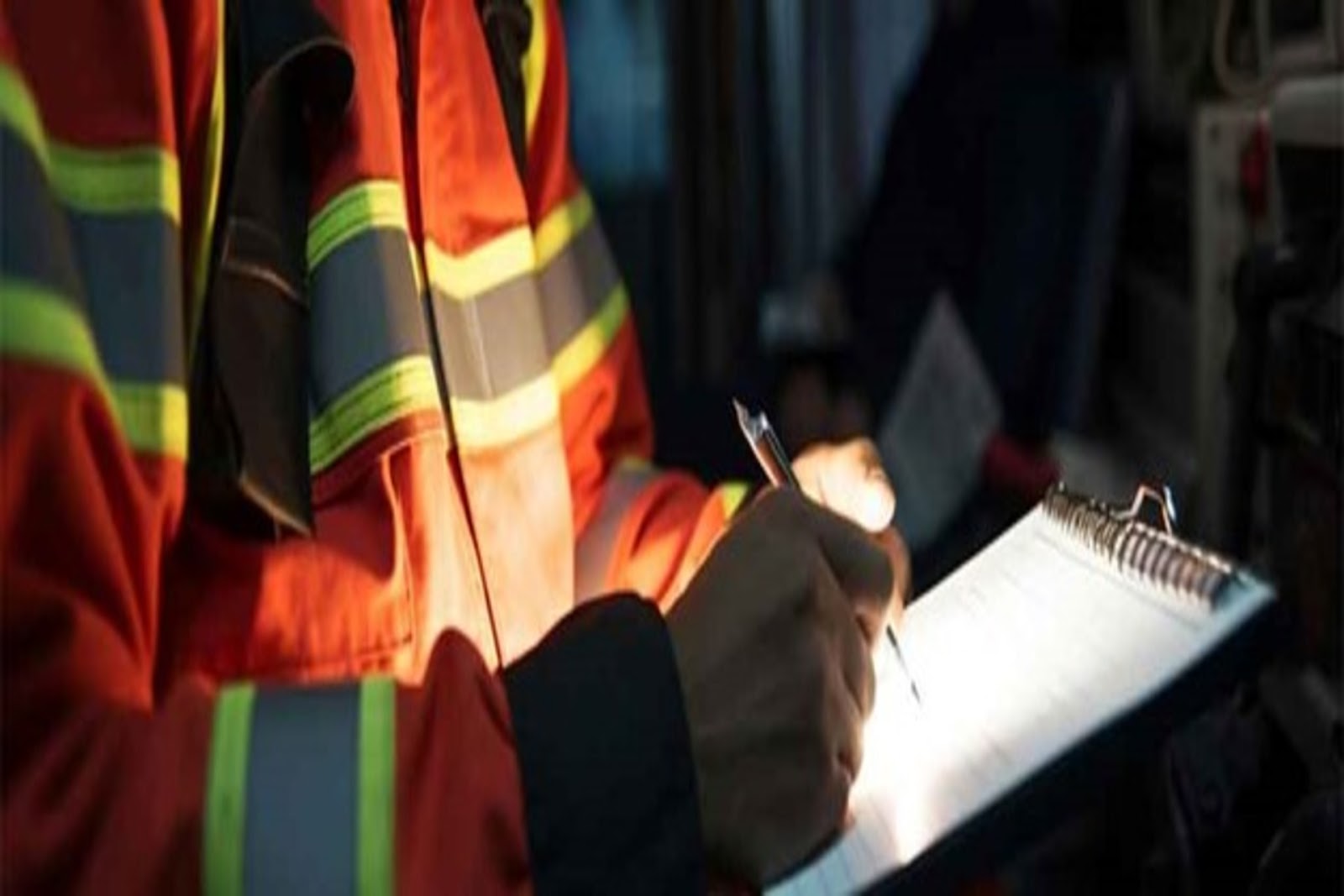
Q6. What is the methodology for ERDMP?
A6. The methodology for ERDMP Study is as follows:
A DMP is usually prepared in two parts: On-site DMP and Off-site DMP. The On-site DMP is administered by the owner or occupier of the hazardous plant/installation, The Off-site DMP is normally administered by the District Magistrate with the assistance of other relevant authorities.
“On site emergency plan” means a response plan to contain and minimize the effects due to emergencies within the installations which have a potential to cause damage to people and facilities within the installation premises
“Offsite emergency plan” means a response plan to control and mitigate the effects of catastrophic incidents in above ground installation or underground installations or road transportation.
Emergencies can be categorized into three broad levels on the basis of seriousness and response requirements, namely: –
Level 1: This is an emergency or an incident which
a) Can be effectively and safely managed, and contained within the site, location or installation by the available resources;
b) Has no impact outside the site, location or installation.
Level 2: This is an emergency or an incident which –
a) Cannot be effectively and safely managed or contained at the location or installation by available resource and additional support is alerted or required;
b) Is having or has the potential to have an effect beyond the site, location or installation and where external support of mutual aid partner may be involved;
c) Is likely to be danger to life, the environment or to industrial assets or reputation.
Level 3: This is an emergency or an incident with off-site impact which could be catastrophic and is likely to affect the population, property and environment inside and outside the installation, and management and control is done by district administration. Although the Level 3 emergency falls under the purview of District Authority but till they step in, it should be responsibility of the unit to manage the emergency.
Level 1 and Level 2 shall normally be grouped as onsite emergency and Level 3 as off-site emergency.
Q7. What are the documents required for the ERDMP?
A7. Following is the list of documents required for ERDMP:
Sr. No. | Document Required |
1. | Terms of reference |
2. | Guidelines for study |
3. | Old ERDMP |
4. | Geographical and Demographical information (Distance from Depot, Population, Facility, Tankage details for various products, Details of Pumps for transferring products. etc.) |
5. | HAZOP Report |
6. | HAZID Report |
7. | QRA Report |
8. | Location Plan of the Installation indicating siting of the installation at neighboring details up to a distance of 2 km from the installation in each direction. |
9. | Site plan of the installation showing a complete layout of the installation indicating boundary walls, exit and entry gates and location of various facilities. |
10. | Layout of Fire Water Systems and Fire Fighting Equipment details. |
11. | Line block diagram of manufacturing process and Process Flow Diagram (PFD) of each unit. |
12. | Material Safety Data Sheet (MSDS) for all hazardous chemicals stored, handled, produced and transported in the installation. |
13. | Internal and External Emergency contact numbers and addresses of police, fire station, hospitals, mutual aid industry, factory inspectors, Board, State Pollution Control Board, Petroleum and Explosive Safety Organization (PESO), etc. |
14. | Pipeline route map and details of various facilities such as sectionalizing Valve (SV), intermediate Pigging (IP) stations, intermediate pumping stations (IPS) across pipeline route (If applicable) |
15. | Addresses and Telephone Directory of Technical Support Services such as Environmental Laboratories, firefighting chemical suppliers, public and private consultant associated with emergency handling and Aviation Medical Services, if any. |
16. | Security threat plan (If available) |
17. | Resource Mobilization (Resource mobilization includes manpower requirement, firefighting materials, appliances or equipment, safety equipment, communication facilities, transport, list of emergency drugs and Appliances etc.) |
18. | Resource Mobilization for Road Transportation Emergencies (In-Plant Resources such as Mechanical Equipment, Electrical Equipment, Personnel Protective Equipment, Other Safety Items, Fire Fighting Equipment, Communication Equipment, Traffic Control Equipment; and External Resources), Identification of Communication Resources |
19. | Identified in other safety studies and risk registers (if available) |
20. | Emergency Organization And Responsibilities(if any are defined) |
21. | Siren Codes (Details Of Siren Code) |
22. | Organization Chart, Communication Flow Chart including Communication during Night/Holidays. |
23. | Infrastructure (Emergency Control Centers, Assembly Points, Escape Routes, Wind Socks) |
24. | Communicating The Emergency(Features Of The Communication Facilities Available At Site, Resources For Controlling Emergency) |
25. | Evacuation Procedure |
26. | Medical Facilities: Facilities Available At First Aid Centre, Details of trained person in first aid in the plant, Identified Hospital Facilities Available At Identified Hospital, Facilities available at other local hospitals, Antidotes and emergency medicines, Details of specialist Doctors in town, Details Of Hospital In Nearby Cities |
27. | TREM (Transport Emergency) Card Format |
28. | Aerial snap shot |
29. | P & ID Diagram |
30. | Emergency mock drill document |
31. | Merits of Meeting with mutual aids |
32. | Resources For Controlling Emergencies |
33. | Fire drill report |
34. | Emergency Response Plan |
Q8. What should be included in an ERDMP?
A8. ERDMP includes the following:
An ERDMP should include risk assessments, emergency procedures for various scenarios (such as natural disasters, technological hazards, pandemics), communication plans, resource management strategies, training and drills schedules, continuity plans, community engagement strategies, legal and regulatory considerations, crisis communication protocols, and psychosocial support mechanisms.
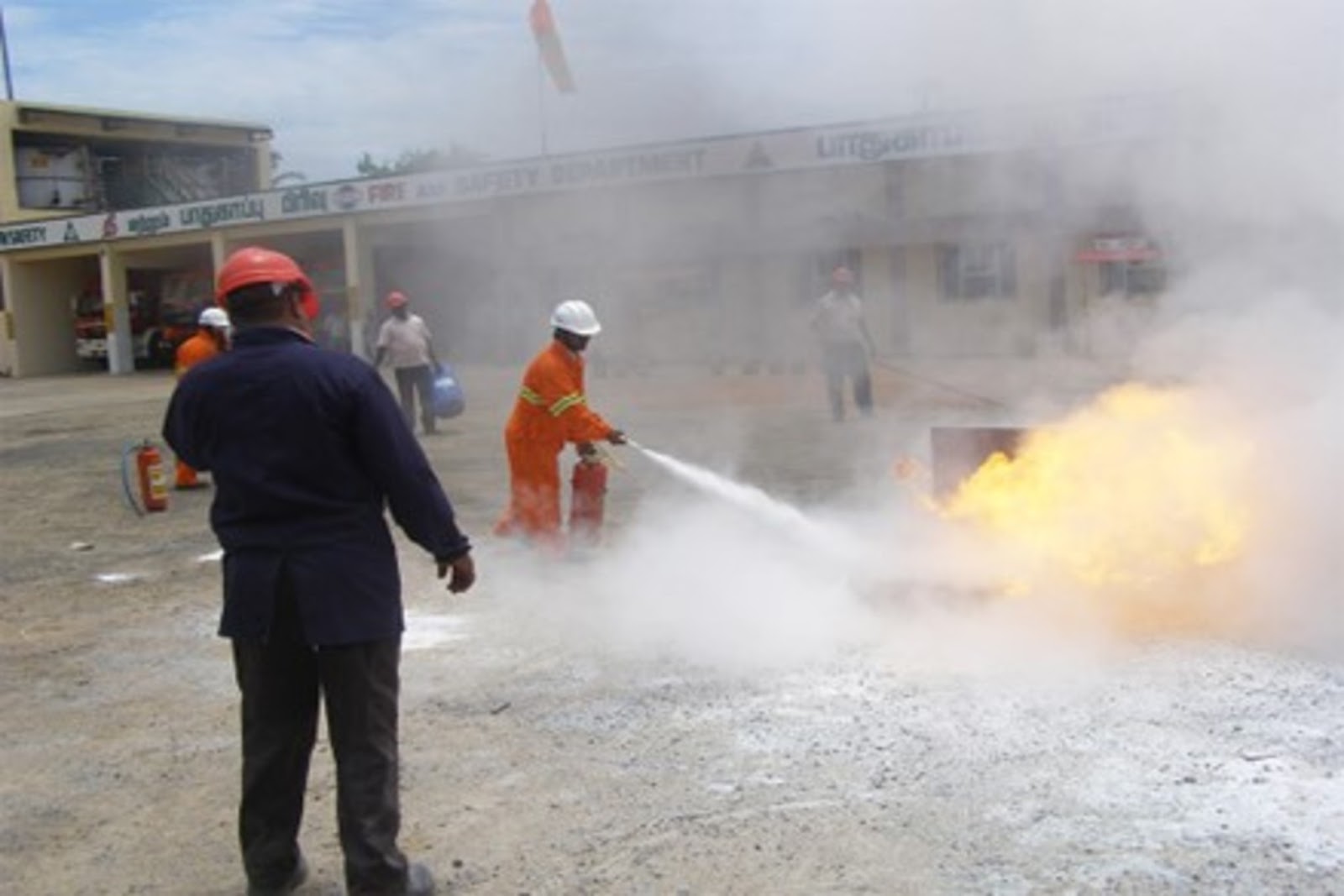
Q9. What are documents deliverables for ERDMP?
A9. Following is the list of documents required for ERDMP
Sr. No. | Document Deliverable |
Key Abbreviations |
1 | INTRODUCTION |
1.0 | Introduction |
2 | DEFINITIONS |
2.0 | Definitions |
3 | APPLICABILITY |
3.0 | Applicability |
4 | SCOPE AND INTENT |
4.0 | Scope and Intent |
4.1 | Scope |
4.2 | Intent |
5 | CONTENT OF REGULATION |
5.0 | The content of the regulation |
5.1 | Basic Assumptions for Study |
6 | CLASSIFICATION OF EMERGENCY |
6.0 | Classification Of Emergency |
7 | IMPLEMENTATION SCHEDULE |
7.0 | Implementation Schedule |
8 | CONSEQUENCES OF DEFAULT OR NON-COMPLIANCE |
8.0 | Consequences of Default or Non-Compliance |
9 | REQUIREMENTS UNDER OTHER STATUTES |
9.0 | Requirements under other statutes |
10 | PRE-EMERGENCY PLANNING |
10.0 | Pre-Emergency Planning |
10.1 | Hazard Identification |
10.2 | Risk Analysis and Risk Assessment |
10.3 | Causes of disaster |
11 | EMERGENCY MITIGATION MEASURES |
11.0 | Emergency Mitigation Measures |
11.1 | Basic requirement of ERDMP |
11.2 | Resource mobilization |
11.3 | Incident preventing measures and procedures |
12 | EMERGENCY PREPAREDNESS MEASURES |
12.0 | Emergency Preparedness Measures |
12.1 | Emergency Drills and Mock Exercises |
12.2 | Training |
12.3 | Mutual Aid |
13 | RESPONSE PROCEDURES AND MEASURES |
13.0 | Response Procedures and Measures |
14 | EMERGENCY ORGANIZATION AND RESPONSIBILITIES |
14.0 | Emergency Organization and Responsibilities |
14.1 | Noticing the Emergency |
14.2 | Declaration of Emergency |
14.3 | Controlling the Emergency |
14.4 | Emergency Organization Chart |
14.5 | Roles and Responsibilities of Key Personnel |
14.6 | Duties of Employees other than KEY Personnel |
15 | INFRASTRUCTURE |
15.0 | Infrastructure |
15.1 | Emergency Control Centre |
15.2 | Assembly Points |
15.3 | Escape Routes |
15.4 | Wind Socks |
16 | DECLARATION OF ON-SITE AND OFF–SITE EMERGENCIES |
16.0 | Declaration of on-site and off–site emergencies |
17 | RESOURCES FOR CONTROLLING EMERGENCY |
17.0 | Resources for controlling Emergency |
18 | DEMOGRAPHIC INFORMATION |
18.0 | Demographic Information |
19 | MEDICAL FACILITIES |
19.0 | Medical Facilities |
20 | EVACUATION |
20.0 | Evacuation |
21 | INFORMATION TO PUBLIC |
21.0 | Information to Public |
22 | ROLES AND RESPONSIBILITIES OF STAKEHOLDERS INCLUDING EXTERNAL AGENCIES |
22.0 | Roles and Responsibilities of Stakeholders Including External Agencies |
23 | REPORTING OF THE INCIDENT |
23.0 | Reporting of the Incident |
24 | ACTION AFTER REPORTING OF INCIDENT BY THE ENTITY |
24.0 | Action after Reporting of Incident by The Entity |
25 | TERMINATION OF EMERGENCY |
25.0 | Termination of Emergency |
26 | EMERGENCY RECOVERY PROCEDURES: |
26.0 | Emergency Recovery Procedures |
27 | ERDMP FOR PIPELINES CARRYING PETROLEUM PRODUCTS AND RETAIL OUTLETS |
27.0 | ERDMP for pipelines carrying petroleum products and retail outlets |
28 | ERDMP FOR ROAD TRANSPORTATION |
28.0 | ERDMP for road transportation |
28.1 | Resource mobilization for road transport emergency |
28.2 | TREM Card (Specific to Road Transportation) |
28.3 | Role of External Agencies for road transportation emergency |
29 | INTEGRATION OF THE ERDMP WITH THE NATIONAL DISASTER MANAGEMENT PLAN (NDMP) |
29.0 | Integration of the ERDMP with the National disaster management plan (NDMP) |
29.1 | National Disaster Management Plan (NDMP) |
29.2 | Integration of ERDMP with NDMP |
29.3 | Security Threat Plan |
30 | MISCELLANEOUS |
30.0 | Miscellaneous |
| SCHEDULE – I Schedule of implementation of Code of Practice for ERDMP SCHEDULE – II Status of Compliance of Various Statutes as per PNGRB Guidelines SCHEDULE – III Basic Requirements of ERDMP SCHEDULE – IV Resource Mobilization (Men and Equipment) Schedule – V The important Roles and Responsibilities of Various Stakeholders SCHEDULE – VI INCIDENT REPORTING FORMAT Schedule –VII ERDMP for pipelines carrying petroleum products SCHEDULE –VIII Resource Mobilization for Road Transportation Emergencies SCHEDULE – IX Transport Emergency Card Format |
| CHECK LIST-1 Emergency Response and Disaster Management Plan (ERDMP)Hazard Identification CHECK LIST-2 Incident Prevention Measures CHECK LIST-3 MUTUAL AID / MOCK DRILLS CHECK LIST-4 ERDMP Response Measures/Infrastructure CHECK LIST-5 Review and Updation of ERDMP CHECK LIST-6 Availability of resources [ internal / external] CHECK LIST-7 ERDMP - Recovery Measures |
| Annexure – 1 MSDS Annexure -2 Contact Numbers for Key Personnel |
Q10. What are some common challenges in implementing an ERDMP?
A10. Challenges faced during implementation of ERDMP:
Common challenges include ensuring adequate resources and funding, maintaining stakeholder engagement and commitment, coordinating with external agencies and partners, addressing communication barriers, and balancing the need for flexibility and consistency in response efforts.
Q11. What is the Comment Resolution Sheet Format?
A11. The meaning of Comment Resolution Sheet (CRS) is as follows:
A comment resolution sheet is a document used to track and address comments, feedback, or issues raised during a review process, audit, or evaluation.
